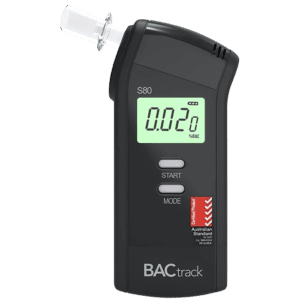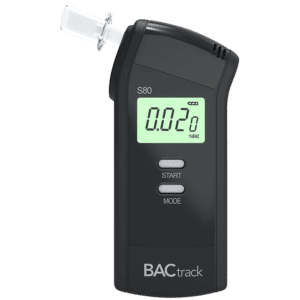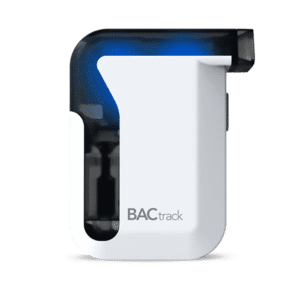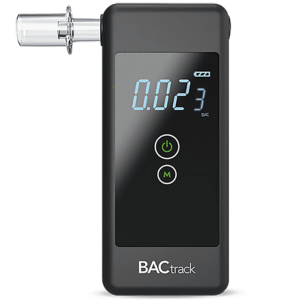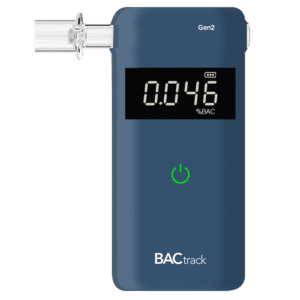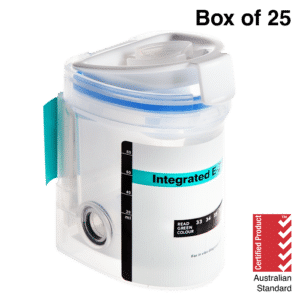MDMA In Urine: Detection Times And Methods Used
18 April, 2024

Methylenedioxymethamphetamine (MDMA), also known as ecstasy, is an illegal drug that causes hallucinogenic effects. People can detect MDMA in urine for a period of four to seven days after consumption. The detection methods are immunoassay, Gas Chromatography-Mass Spectrometry (GC-MS), and Liquid Chromatography-Tandem Mass Spectrometry (LC-MS/MS). These methods analyse the urine sample to determine if ecstasy is present in the system. It is important to note that the detection times may vary depending on factors.
The widespread use of recreational drugs is a significant issue in society. Ecstasy use negatively impacts both people and communities. It leads to various health problems and increases the likelihood of accidents due to impairment. As a result, testing is becoming more common to ensure safety and offer interventions. This article will provide more information about ecstasy, including its effects, detection time in urine, and detection methods.
Effects of MDMA on Urine
MDMA is an illicit drug that alters mood and perception. People often take it orally as a pill or capsule and is popular in party settings for its stimulant properties. However, it is essential to understand that ecstasy is not without risks and can lead to addiction and various health complications.
The mental effects of MDMA can be significant. It primarily works by increasing serotonin levels in the brain, leading to heightened feelings of empathy, emotional warmth, and pleasure. Additionally, ecstasy can induce psychedelic effects, altering perception and sensory experiences. Moreover, some users may experience panic attacks, blurred vision, and heightened sexual arousal.
On a physical level, MDMA can have serious consequences. It can increase heart rate and blood pressure, putting strain on the cardiovascular system. Furthermore, MDMA can elevate body temperature to dangerous levels, leading to dehydration, heatstroke, and even organ failure. Chronic ecstasy use can also lead to liver and kidney failure, exacerbating existing liver disease or causing hepatic failure. This is why having reliable detection methods for MDMA in urine is vital.
Why Test for MDMA (Ecstasy)?
- Drug testing for club drugs ensures the safety and well-being of people in the community. Aside from urine testing, people can use saliva testing, blood testing, and hair testing.
- Schools conduct testing to deter students from using ecstasy pills or capsules. This creates a positive learning environment and serves as an intervention for those found using drugs.
- Drug tests identify those with substance use disorders and provide information for ecstasy addiction treatment options.
- Employers conduct testing to ensure workplace safety. This protects the workers, contractors, visitors, and others from accidents.
- Testing by law enforcement officers protects road safety and identifies drivers committing drug driving offences.
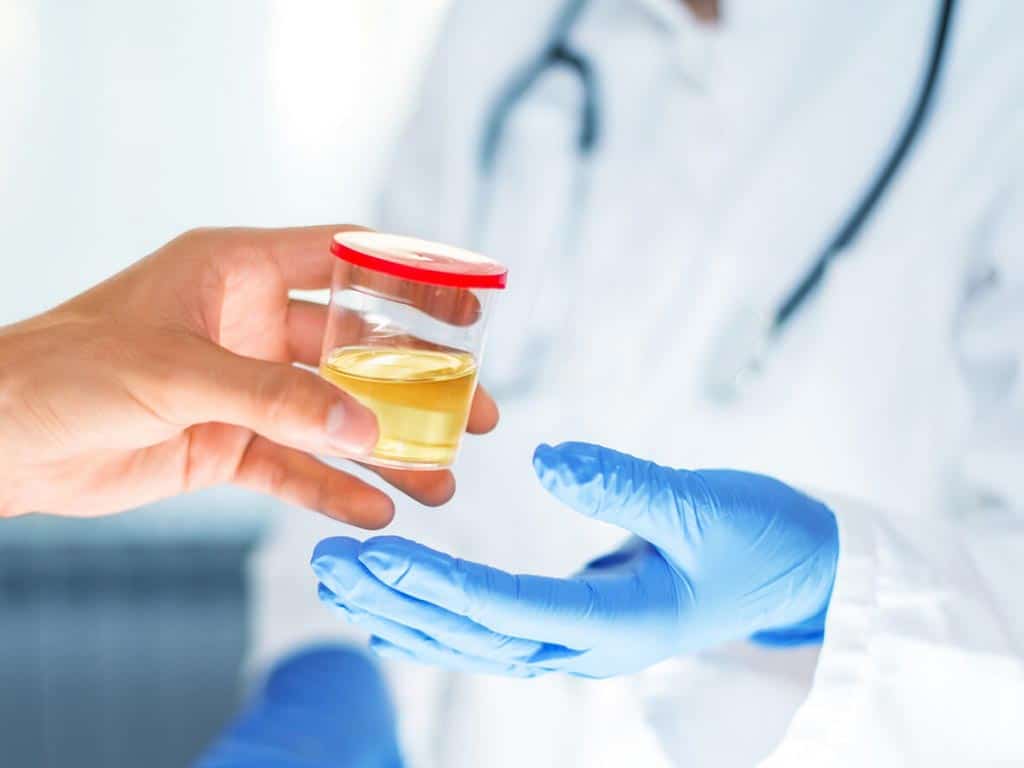
Detection Times for MDMA in Urine
The detection times for MDMA in urine can vary depending on some factors. Generally, tests can identify ecstasy use in urine for up to one to three days after use. However, heavy or prolonged use may result in a longer detection window of up to four to seven days. It is essential to note that various drug testing methods, such as immunoassay screening and confirmation tests, may also affect the detection times for ecstasy in urine.
The detection time refers to the period during which the drug can be identified in a specimen. Knowing the detection period is vital for drug testing purposes, including pre-employment screenings and probationary requirements. Understanding the detection times for ecstasy in urine can help individuals make informed decisions about their drug use. Also, it ensures they adhere to any mandated drug treatment programs.
As with any drug testing, being aware of the potential detection times for MDMA before undergoing any screening is necessary. Understanding how long a dose of ecstasy can be identified in the body allows people to make responsible choices. Furthermore, they can take any precautions to avoid a positive test result.
Factors that Affect Detection Times
Firstly, the frequency of use. People who use ecstasy more frequently are more likely to have detectable levels of the drug in their urine for a lengthier period. Secondly, the dosage. Higher doses of the recreational drug are more likely to result in longer detection times compared to lower doses.
Thirdly, the individual differences in metabolism. Metabolism varies from person to person. Factors like age, weight, and overall health can influence how quickly the body processes and eliminates MDMA. For instance, a younger person with a faster metabolism may eliminate ecstasy from their system more quickly than an older person with a slower metabolism.
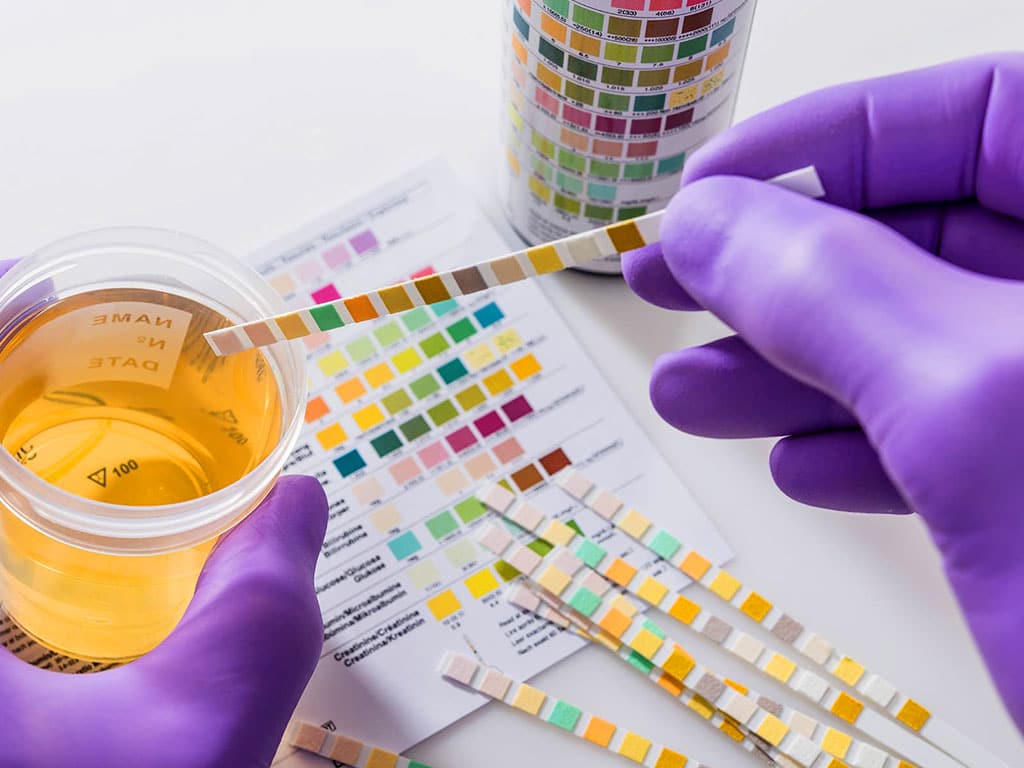
Types of Methods Used to Detect MDMA in Urine
MDMA is a popular club drug at parties and events. Thus, ecstasy addiction is a possibility for many party-goers and young adults. This is why having reliable detection methods for MDMA in urine is vital. One of the most common methods is immunoassay testing. It relies on antibodies that specifically bind to ecstasy, providing a quick and inexpensive way to screen for the drug.
Another method is GC-MS. This method is highly accurate and can determine trace amounts of ecstasy in urine samples. GC-MS works by separating the different components of a specimen. Then, it identifies and quantifies each one based on its mass and charge. This method is often used in forensic laboratories and professional addiction treatment centres.
Furthermore, there is LC-MS/MS. This is another highly responsive method. LC-MS/MS can detect even low levels of ecstasy in urine. It works by separating the components of a sample and then analysing them using a tandem mass spectrometer. This method is often used in clinical settings to monitor drug usage and assess the effectiveness of addiction treatment programs.
Accuracy and Reliability of Urine Tests for Detecting MDMA
The accuracy of urine tests for ecstasy can vary depending on the type of test used, the sensitivity of the equipment, and other factors. One of the main factors to consider is the type of testing device. Urine drug testing kits are generally reliable. However, they are often less accurate compared to laboratory testing.
On the other hand, GC-MS and LC-MS are considered the gold standard in confirmatory testing, providing highly accurate results. These advanced techniques can detect trace amounts of drugs in urine samples, ensuring precise outcomes. The results of this test are admissible in court and can help form a final verdict.
Conclusion
In conclusion, understanding the effects of ecstasy is crucial due to its potential risks and impact on health. Detection times for MDMA in urine can vary but generally last one to three days. However, prolonged use extends this period to four to seven days. Being aware of these detection windows enables people to make informed choices about their drug use and take necessary precautions. Given the negative consequences of ecstasy, reliable detection methods are essential for identifying its presence.
There are several detection methods for ecstasy in urine. For instance, immunoassay testing offers a quick and cost-effective screening method. Additionally, GC-MS and LC-MS/MS provide highly accurate results, especially in forensic and clinical settings. These advanced techniques ensure precise outcomes, which can be crucial for legal proceedings and addiction treatment decisions. It is important to note that some factors can affect the detection times of ecstasy in urine. These include frequency of use, dosage, and individual metabolism differences.




















